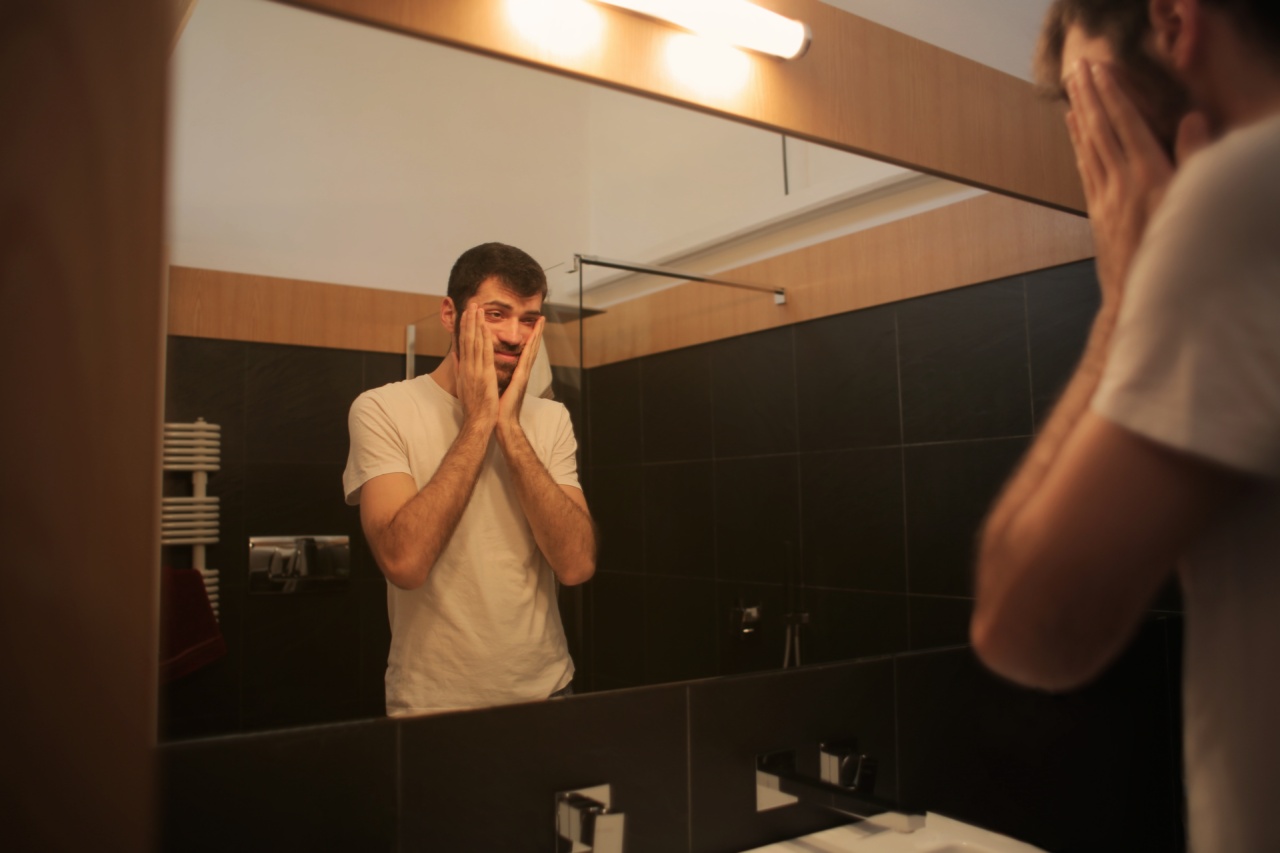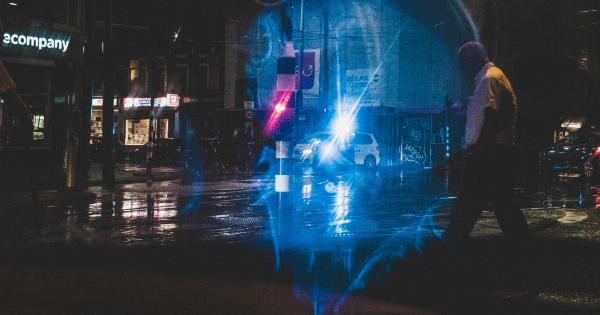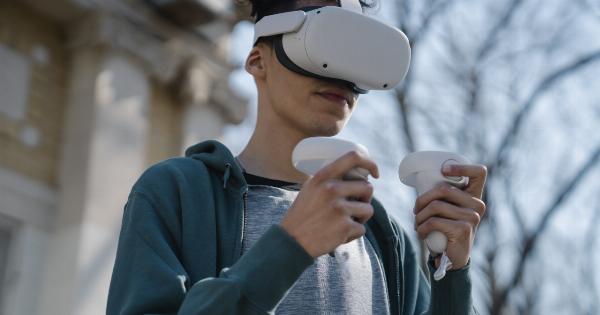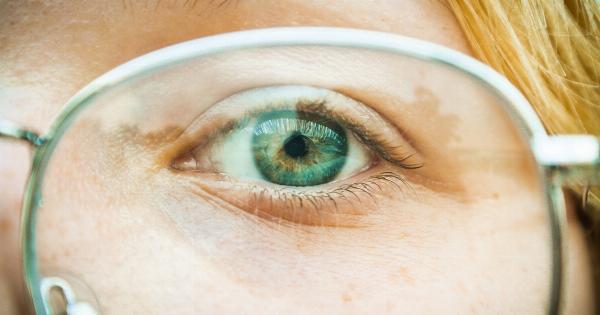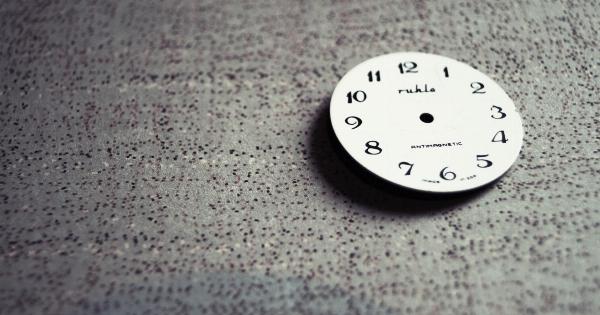Migraine is a debilitating neurological condition that affects 1 in 7 people worldwide. It is characterized by severe headaches, nausea, vomiting, and sensitivity to light, among other symptoms.
Migraine can be triggered by various factors, including stress, hormonal changes, and certain foods. However, one of the most common triggers of migraine is light sensitivity.
What Is Light Sensitivity?
Light sensitivity, also known as photophobia, is a common symptom of migraine. It is the inability to tolerate light, including sunlight, fluorescent lights, and other sources of bright light.
Light sensitivity can range from mild discomfort to severe pain, and it can last for hours or even days.
Why Does Light Sensitivity Trigger Migraine?
The exact mechanism by which light sensitivity triggers migraine is still not fully understood. However, it is believed that light sensitivity may activate certain pathways in the brain that are involved in migraine.
For example, research has shown that people with migraine have altered brain activity in the visual cortex, which is the part of the brain that processes visual information.
Types of Light That Trigger Migraine
Not all types of light trigger migraine. Some people with migraine are only sensitive to certain types of light, while others are sensitive to all types of light. Here are some of the most common types of light that can trigger migraine:.
1. Sunlight
Sunlight is one of the most common triggers of migraine. The bright light, heat, and glare of the sun can all contribute to migraine symptoms. People with migraine may need to wear sunglasses or a hat to protect themselves from sunlight.
2. Fluorescent Lights
Fluorescent lights are another common trigger of migraine. The flickering of fluorescent lights can cause eye strain and headaches, which can lead to migraine.
People with migraine may need to avoid places with fluorescent lights or wear tinted glasses to reduce the effects of fluorescent lighting.
3. Computer Screens
Computer screens and other digital devices emit a blue light that can trigger migraine.
People with migraine may need to adjust the brightness and contrast of their screens or use blue light filters to reduce the effects of digital screens on their migraine symptoms.
4. LED Lights
LED lights are a newer type of lighting that has become increasingly popular in recent years. However, LED lights can also trigger migraine in some people.
People with migraine may need to avoid places with LED lights or wear tinted glasses to reduce the effects of LED lighting.
5. Bright Lights
Bright lights of any kind can trigger migraine. This includes headlights, streetlights, and any other type of bright light. People with migraine may need to avoid driving at night or wear dark glasses to reduce the effects of bright lights.
How to Manage Light Sensitivity and Migraine
There are several ways to manage light sensitivity and migraine. Here are some tips:.
1. Wear Sunglasses
Wearing sunglasses can help protect your eyes from sunlight and other types of bright light. Look for sunglasses that provide 100% UV protection and have polarized lenses that reduce glare.
2. Use Tinted Glasses
Tinted glasses can help reduce the effects of fluorescent lights, LED lights, and other types of bright light. Look for glasses with yellow or amber tinted lenses, which are specially designed to reduce glare.
3. Adjust Your Screen Settings
If you use a computer or other digital device, adjust the brightness and contrast settings to reduce the effects of blue light. You can also use blue light filters or download apps that reduce the amount of blue light emitted by your screen.
4. Take Breaks
If you work or spend a lot of time in front of a computer screen, take regular breaks to rest your eyes and reduce eye strain. Look away from your screen every 20 minutes and focus on something in the distance for 20 seconds.
5. Avoid Triggers
Avoiding triggers is one of the best ways to manage light sensitivity and migraine. Keep a diary of your migraine attacks and note when you experience light sensitivity. This can help you identify your triggers and avoid them in the future.
Conclusion
Light sensitivity is a common symptom of migraine that can be triggered by various types of light, including sunlight, fluorescent lights, computer screens, LED lights, and bright lights.
Managing light sensitivity and avoiding triggers can help reduce the frequency and severity of migraine attacks.
